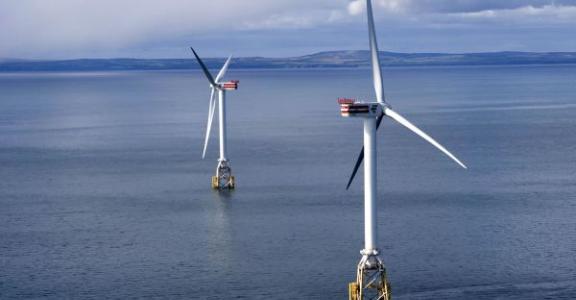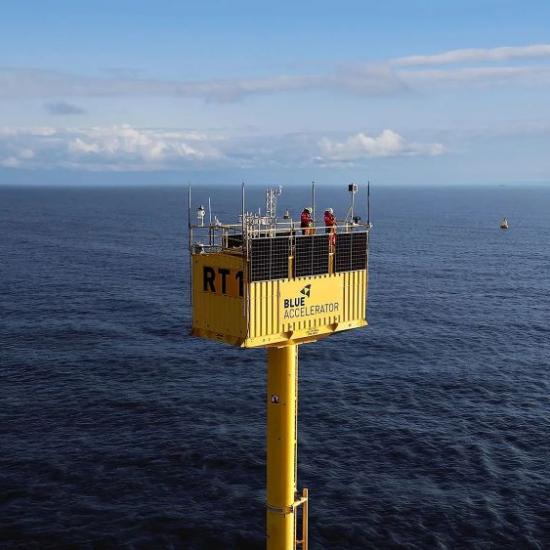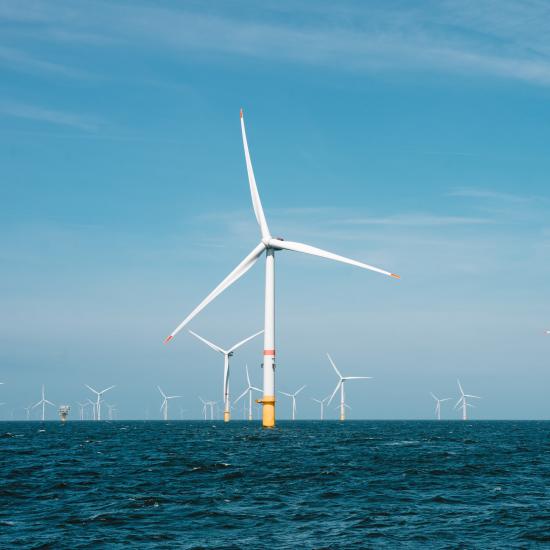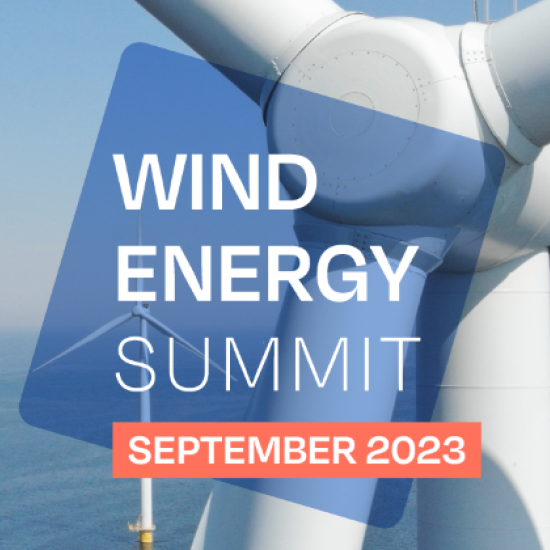Tackling corrosion issues and developing new materials in the wave, tidal and offshore wind sectors across Europe could save up to €84,000 million for developers and create up to €82,000 million of supply chain opportunities by 2050, according to two new reports Commissioned by the NeSSIE project, in which Sirris is a partner.
The reports published on 1 February 2018, present a state-of-the-art study on anti-corrosion solutions (ACSs) and investigated the economic potential of ACSs in the offshore renewables market.
Cost vs. corrosion
The cost of offshore wind energy has dropped drastically over the past two years. However, if the European Union wants to reach its goal of 27% renewable energy by 2030, the levelised cost of energy (LCoE) will have to be decreased even more and alternative technologies such as wave and tidal energy will have to be further developed. The maritime environment in which ORE-devices operate is extremely corrosive and results in accelerated degradation of support structures and active components. Corrosion constitutes an important challenge for the development of new technologies. In existing technologies such as offshore wind, corrosion is responsible for a significant part of the O&M expenses (Operations & Maintenance), which makes up 15-30% of the total life cycle cost.
Tidal energy device
Importance of prevention
Maintenance costs are extremely high compared to first time application of anti-corrosion solutions. Risk mitigation is therefore very important in the ORE sector, which can impede the introduction of new technologies. In order to promote the development of new anti-corrosion solutions and support the introduction of existing technologies in the ORE sector, the main objective of the NeSSIE project is to develop three demonstration projects in offshore renewables, focussing on corrosion and materials.
In a first stage, existing anti-corrosion solutions have been mapped in a state-of-the-art document. While it has now been published, this is to be a ‘live’ document: companies and knowledge institutions from the entire value chain may share additional input with the NeSSIE project team.
On the other side of the spectrum, the NeSSIE project is also listing specific corrosion issues currently faced by the industry. As such, opportunities for the ORE and anti-corrosion solutions value chains can be identified. By bringing both value chains together, relevant demonstration projects can be developed.
Sirris provides essential technological input in the NeSSIE project. If you want more information on the project, contact us!







